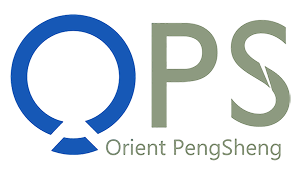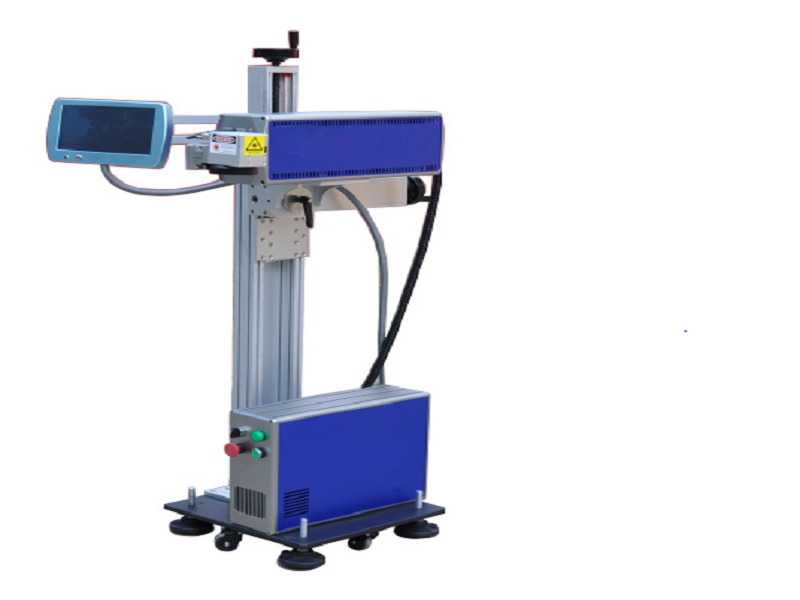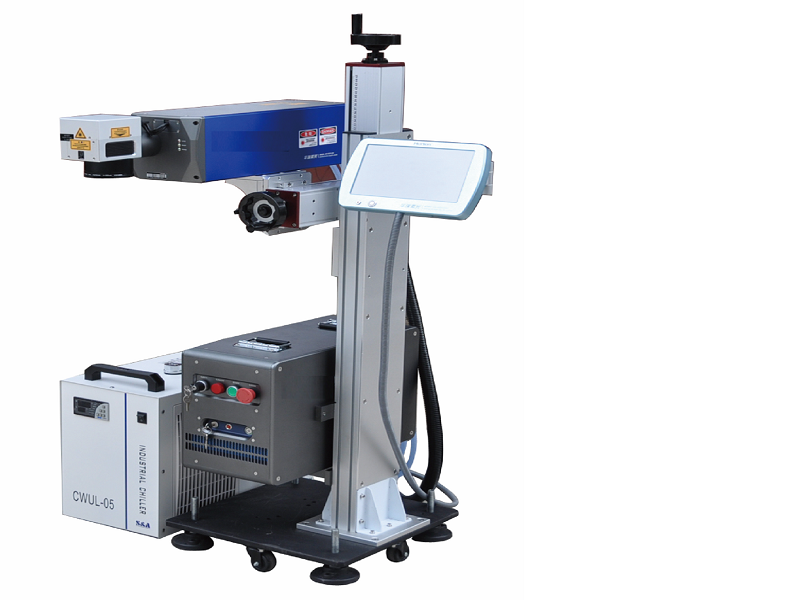If you’re in manufacturing, electrical engineering, or the wire and cable industry, you know how critical precision marking is for product identification, traceability, and branding. Whether you’re working with metals, plastics, or sensitive materials like cables, choosing the right laser marking machine—be it a CO2 Laser Marking Machine, Fiber Laser Marking Machine, UV Laser Marking Machine, These Wire and Cable Laser Marker can make or break your production efficiency.
In this guide, we’ll break down the differences between these machines, their applications, and why they’re indispensable for industries like wire and cable manufacturing. Let’s dive in!
1. How Do Laser Marking Machines Work? A Quick Overview
Laser marking machines use focused laser beams to etch or engrave surfaces with text, logos, serial numbers, or barcodes. Unlike traditional methods, laser marking is non-contact, highly precise, and permanent. Here’s a simplified breakdown of the process:
- CO2 Laser Marking Machines: Ideal for organic materials (wood, glass, plastics), these machines use gas lasers to create high-contrast marks.
- Fiber Laser Marking Machines: Perfect for metals and alloys, fiber lasers deliver high-speed, deep engravings with minimal heat distortion.
- UV Laser Marking Machines: Designed for sensitive materials (plastics, electronics), UV lasers produce “cold marks” without thermal damage.
2. Key Applications in the Wire and Cable Industry
In wire and cable manufacturing, laser marking is essential for labeling insulation layers, printing meter counts, and adding compliance codes. Here’s how specialized laser markers excel in this niche:
Wire and Cable Laser Marking: How It Works
Let’s unpack the workflow using the technical details provided:
Works Introduction
1. The Working Process
“Laser coding equipment detects pipeline speed by speed detector. Marking machine makes dynamic marking speed in accordance with encoder feedback pulse change. In the wire industry, software can achieve equally spaced marking function. Pitch size can be set by software parameters. In the wire industry, flight marking devices don’t need photoelectric detection switches; after a software trigger, marking multiple intervals will work automatically.”
This means the machine adapts to the cable’s movement in real-time, ensuring marks are evenly spaced and aligned—even on fast-moving production lines. No manual adjustments are needed once the system is calibrated.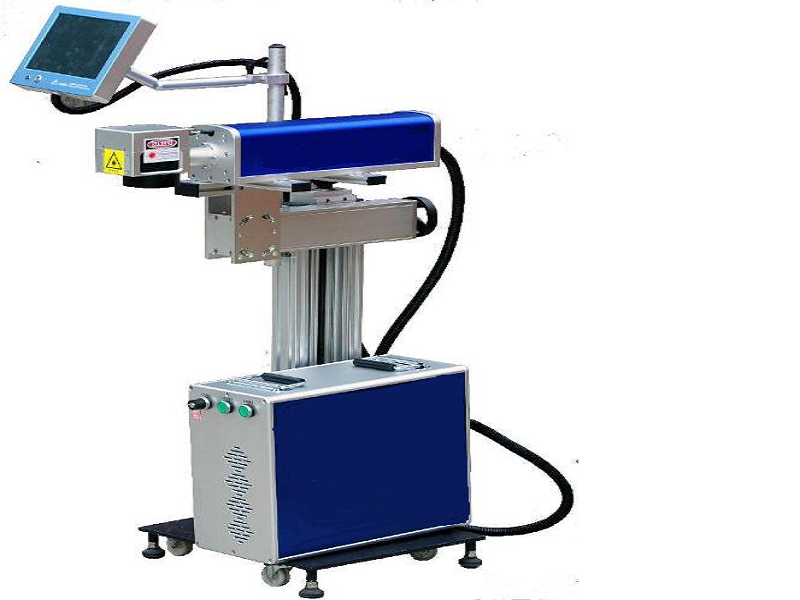
Marking Content and Flexibility
2. Content
“Count meters precisely and guarantee the distance between markings is 1 meter. Content can include your company logo, characters, letters, and other cumulative number of meters. Fonts can be single line, double line, and solid fills.”
Whether you need to print sequential meter counts, QR codes, or branding, the software offers unmatched flexibility. For example, a cable manufacturer can mark “1m, 2m, 3m…” at exact intervals for easy measurement during installation.
3. Installation and Setup: What You Need to Know
Proper installation ensures optimal performance. Here’s what to keep in mind:
Installation Precautions
“The device is working on the customer’s assembly line; customers need to reserve installation position. Marking machine is working in the laser focus, required the cable stayed steady when it’s working. Shown speed measuring devices need to installation according to the specific scene.”
Pro Tips:
- Space Requirements: Reserve space for the laser head, control unit, and cooling system.
- Stability is Key: Vibrations or cable movement during marking can blur the text. Use rollers or guides to stabilize the cable.
- Calibrate Speed Sensors: Install speed detectors (e.g., encoders) based on your production line layout.
4. Why Laser Marking Beats Traditional Methods
- Precision: Achieve micron-level accuracy, even on curved or uneven surfaces.
- Durability: Marks withstand abrasion, chemicals, and extreme temperatures.
- Eco-Friendly: No inks or solvents—reducing waste and compliance risks.
5. Choosing the Right Machine: Key Questions to Ask
- Material Type: Are you marking metals, plastics, or coated cables?
- Production Speed: Does your line run at 50 m/min or 200 m/min?
- Marking Depth: Do you need surface etching or deep engraving?
- Software Compatibility: Can the system integrate with your ERP or MES software?
Final Thoughts
Investing in the right laser marking machine—whether it’s a CO2, Fiber or UV can streamline your production, enhance product quality, and ensure compliance with industry standards. For wire and cable manufacturers, the ability to mark precise meter counts, logos, and serial numbers at high speeds is a game-changer.
By understanding your material, production environment, and technical requirements, you’ll choose a machine that delivers ROI for years to come. Please contact Beijing Orient Pengsheng Tech Co., LTD to upgrade your marking process? 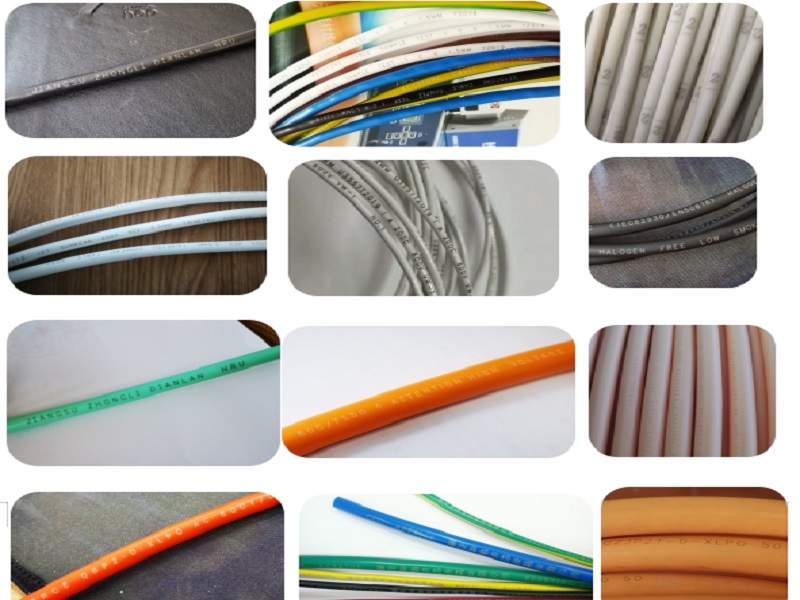
Post time: May-06-2025
